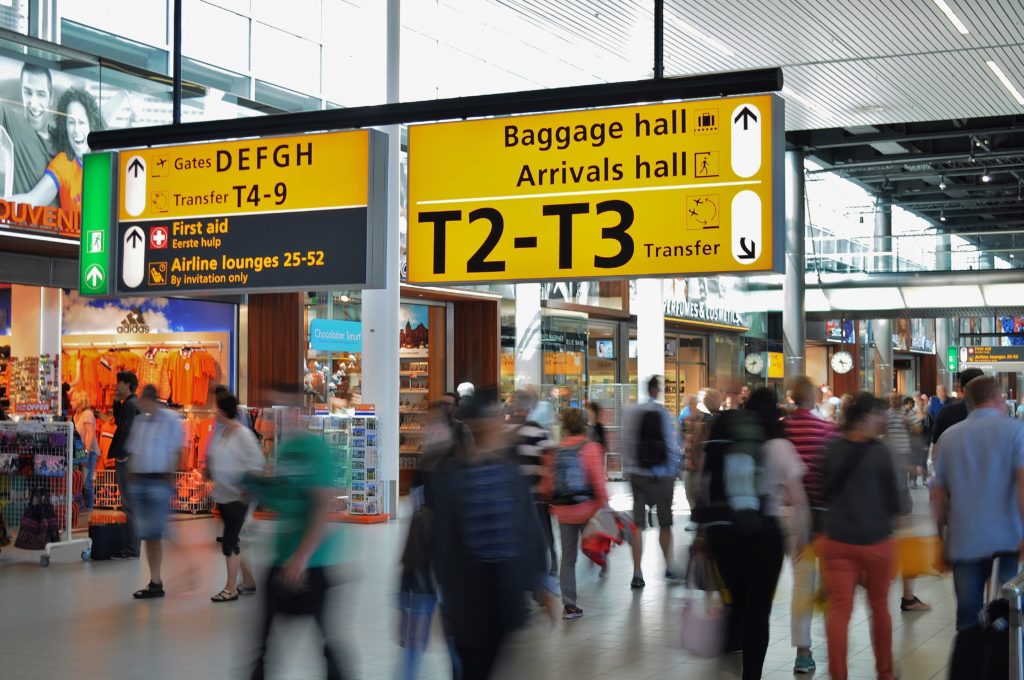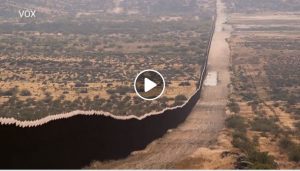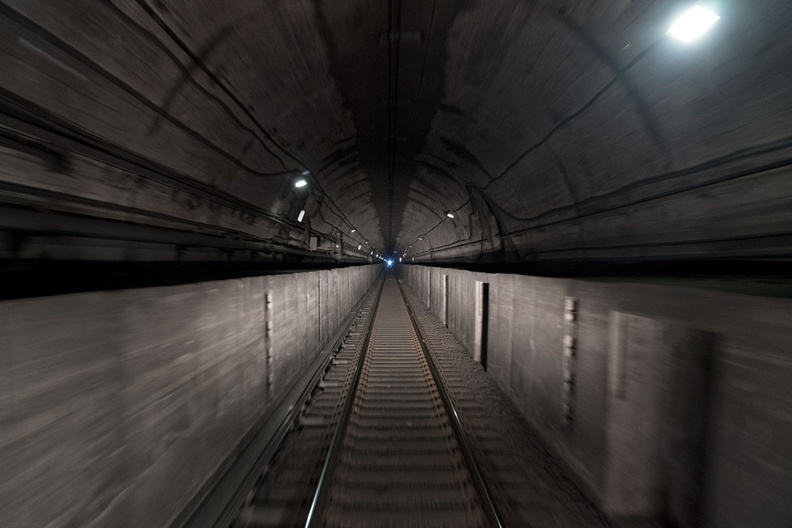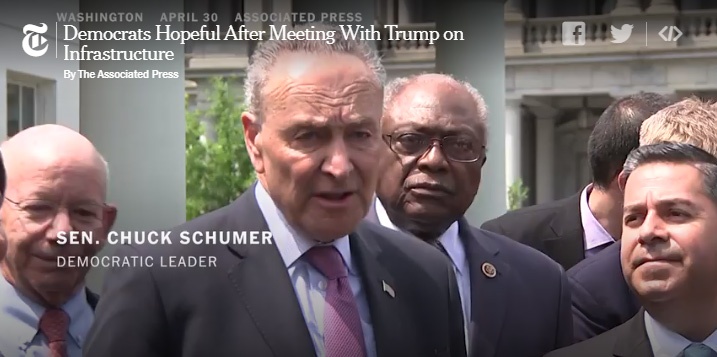The US (especially NYC) has been a melting pot of cultures, providing opportunity to those looking to make a better life. There have been ebbs and flows in policy since the Supreme Court made immigration a federal responsibility in 1875. An initial quota system emerged in the 1920s because of concerns over employment and jobs as well as fear of foreigners. In 1942 the U.S. agreed with Mexico in the Mexican Farm Labor of Agreement for the managed importation of migrant labor at an equilibrium of minimum wage for basic human rights.
But rarely have the tides of immigration swung back and forth as rapidly or as violently as they are today.
Immigration is a policy managed predominantly at the federal level. Key topics include US citizenship, family-based immigration, employment-based immigration (temporary visas and permanent immigration), refugees and “asylees” as well as other diversity visa and humanitarian relief programs. There are approximately 876,000 visas available each year for US bound immigrants.
Yet visas are oversubscribed, and it is estimated that there are approximately 11- 12 million illegal immigrants in the United States. Six states, including New York, house more than 60% of the total.












